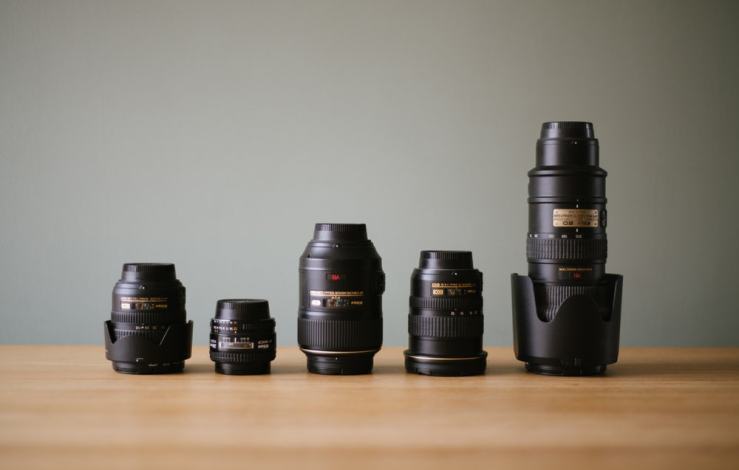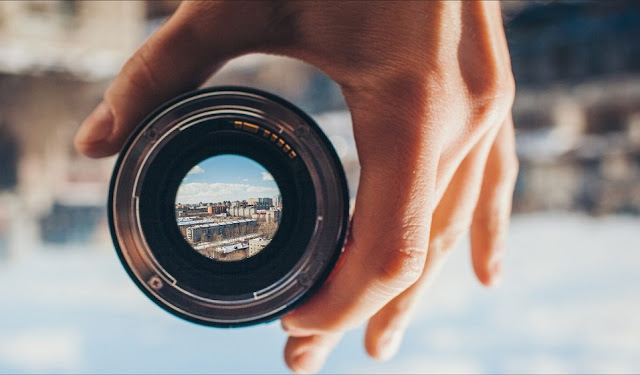Difficult to believe, but camera shopping is tough. A variety of options are available to choose among, and the prices range from around 100 bucks into the thousands. Hence, an expert paparazzi Richard Rionda Del Castro has conducted test virtually every type of camera that can guide you through the options.
In the process of buying a camera, the initial call is for the feature whether you want a basic feature camera or an advanced one. Here’s the difference: If you just want to point the camera and shoot, you need some sort of point-and-shoot. Secondly, if you want to get involved in something fiddling with exposure settings or even swap out lenses, advanced cameras are good to go.
Once you make that initial decision, it's time to dig deep into details. One of following six camera types—three basic ones, and three advanced—will be right for you.
Camera Categories
Richard Rionda Del Castro, Chairman, and CEO of Hannibal Pictures mainly categorized cameras into 6 divisions: three basic cameras, and three advanced cameras. Here's what the associated cost and what they can do.
Basic Cameras
The basic point-and-shoot cameras are a perfect suit for your shoot photos with a smartphone. Simply, fix the camera mode, whether fully auto or a scene mode and fire away. In basic point-and-shoot cameras, you just have control over exposure settings. Lens is non-removable
However, point-and-shoots do vary quite a bit in terms of features and capabilities. Film producer, Richard Rionda recognizes three flavors of a basic camera.

Find The Right Camera[/caption]
Basic Point-And-Shoots: Simple, portable cameras, including optical zoom ranges as long as 23x. Picture quality is fine in these lightweight and slim cameras therefore not fit to capture the action from across a field.
Super Zoom Point-And-Shoots: For games or concerts, you may need a super zoom camera. These models offer optical zooms off at least 24x, and some are as long as 83x. That can literally capture craters on the moon.
Waterproof Point-And-Shoots: Best suit to shoot photos or video at the bottom of a swimming pool or beneath the waves, consider a waterproof point-and-shoot. Note that capabilities vary: Some resist water to 50 feet, while others can be submerged to a fraction of that depth.
Advanced Cameras
Cameras including fine control over exposure settings, Richard Rionda group it into advanced models. That's just a single element that sets these cameras apart. Moreover, large image sensors and other features that produce high-quality images are also earmarked.
Advanced Point-And-Shoots: Similar to basic point-and-shoots, there are no detachable lenses. Only manual controls and other advanced features are there. Also, they have hot-shoe mounts for an external flash and can produce RAW files—the best format to use with the image-editing software. Sometimes, film producers when shooting in bright light experience an LCD wash out the issue, high-quality electronic viewfinder thus provides an advantage for them.
Mirror fewer Models: like SLRs, these include interchangeable lenses that are smaller and lighter. Adjustable settings via knobs and an on-screen menu. For enhanced image result, mirror fewer cameras come with large sensors. Some expensive models of mirror fewer models include full-frame sensors of size - 35mm frame film that enhances low-light performance.
SLRs: SLRs have completely interchangeable-lens feature. With the most features, they're biggest and heaviest in size and weight, respectively. SLRs contain large sensors for enhanced image quality in low light. Also, the-lens viewfinders feature offer advantages of monitoring the photo subject exactly as it appears through the lens. Similar to mirror fewer cameras, there are some pricey SLRs that include full-frame sensors.

Comments
Post a Comment